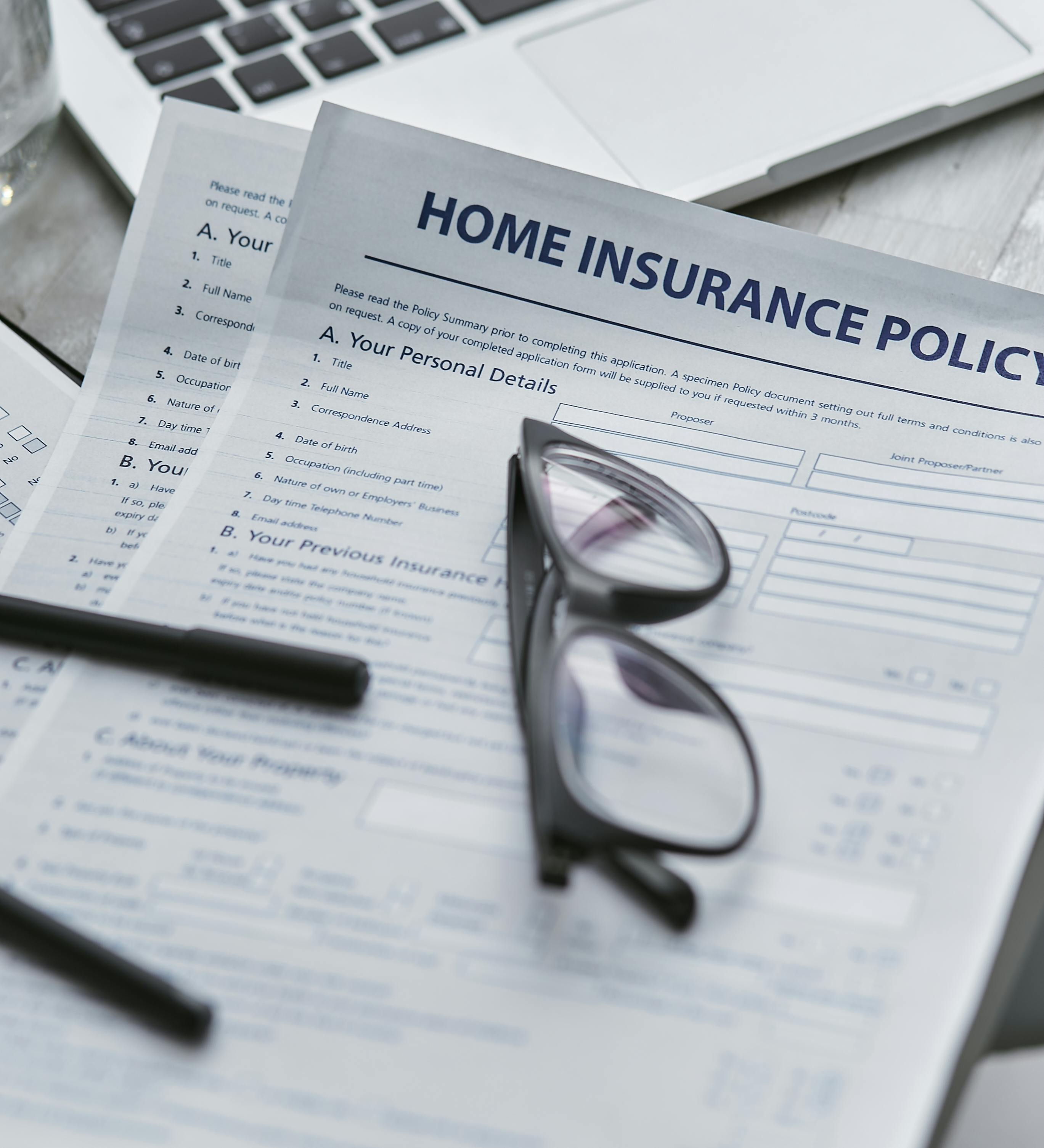Understanding Liability Gaps in Commercial Property Policies
Liability gaps in commercial property policies can create unexpected exposures for businesses of any size. This article outlines common coverage gaps, how valuation and replacement terms influence payouts, and practical steps to reduce risk. It is aimed at property managers, owners, and risk professionals seeking clear, practical information about commercial property protection.

Commercial property insurance is intended to protect business assets from physical loss and certain liability exposures, but policy language and scope can leave important gaps. This article examines how coverage works, where liability gaps typically appear, and what business owners and managers should review in their policies. It highlights technical elements such as valuation, deductible structures, claims processes, premiums, and underwriting that materially affect outcomes when loss occurs.
What does property coverage typically include?
Property coverage for commercial risks generally covers physical damage to buildings, equipment, inventory, and sometimes business personal property or contents. Standard commercial property forms address perils such as fire, wind, and vandalism, but may exclude flood, earthquake, or pollution unless endorsed. Coverage descriptions, limits, and sublimits determine how much of the assets’ loss is reimbursed, so clear schedules and up-to-date asset listings are essential to avoid underinsurance on vital commercial property.
How can liability arise from commercial assets?
Liability tied to commercial assets can emerge in several ways: defective equipment causing injury, falling debris from building facades, or tenant-related incidents within leased premises. While property policies focus on the asset itself, separate liability or combined packages may be required to address third-party legal exposures. Distinguishing property loss from liability exposure is key for underwriting and for ensuring that both direct asset protection and liability obligations are covered appropriately.
What gaps show up during claims and deductible events?
Claims can reveal coverage gaps when policy terms, deductibles, or waiting periods apply. High deductibles reduce premium costs but increase the out-of-pocket burden during a loss, and some policies apply separate deductibles for different perils. Exclusions for wear-and-tear, inadequate maintenance, or certain causes of loss can leave businesses responsible for repair or replacement costs. Carefully reviewing claims examples and loss histories with insurers can help identify common deductible triggers and ambiguous exclusion language.
How do valuation and replacement affect payouts?
Valuation clauses control whether a loss is paid on an actual cash value, agreed value, or replacement cost basis. Actual cash value subtracts depreciation and can produce lower settlements for older assets; replacement cost policies pay to restore or replace without depreciation, subject to policy limits. Agreed valuations predefine amounts for specific assets. Incorrect valuation assumptions or failure to update sums insured can result in underpaid claims, particularly for specialized equipment or rapidly appreciating assets.
How do premiums and underwriting reflect risk?
Premiums are influenced by risk factors the underwriter assesses: construction type, occupancy, fire protection, security measures, loss history, and location-specific hazards. Underwriting evaluates exposures and may impose conditions, endorsements, or higher premiums to address perceived risk. Risk mitigation—such as installing fire suppression, updating electrical systems, or improving security—can lower premiums and reduce the chance of coverage disputes. Transparency in asset declarations and timely updates help underwriters price policies accurately.
How should businesses protect contents and continuity?
Contents protection and business continuity planning reduce the downstream liability gap after a loss. Contents coverage should list inventory, furniture, and equipment with appropriate limits and, where needed, separate sublimits for valuable items. Business interruption or contingent business interruption coverage addresses lost income and extra expense during repairs. Working with local services for inventory valuation, emergency response planning, and secure off-site backup can strengthen a claim position and maintain operations during recovery.
Conclusion Liability gaps in commercial property policies stem from exclusions, valuation approaches, deductible design, and separate liability needs that are not always obvious from policy summaries. Regularly reviewing policy language, maintaining accurate asset inventories, updating valuation methods, and coordinating property and liability programs with underwriters reduces the chance of unexpected exposures. Clear documentation of assets, proof of maintenance, and an understanding of how claims are handled improve recovery outcomes when loss occurs.





